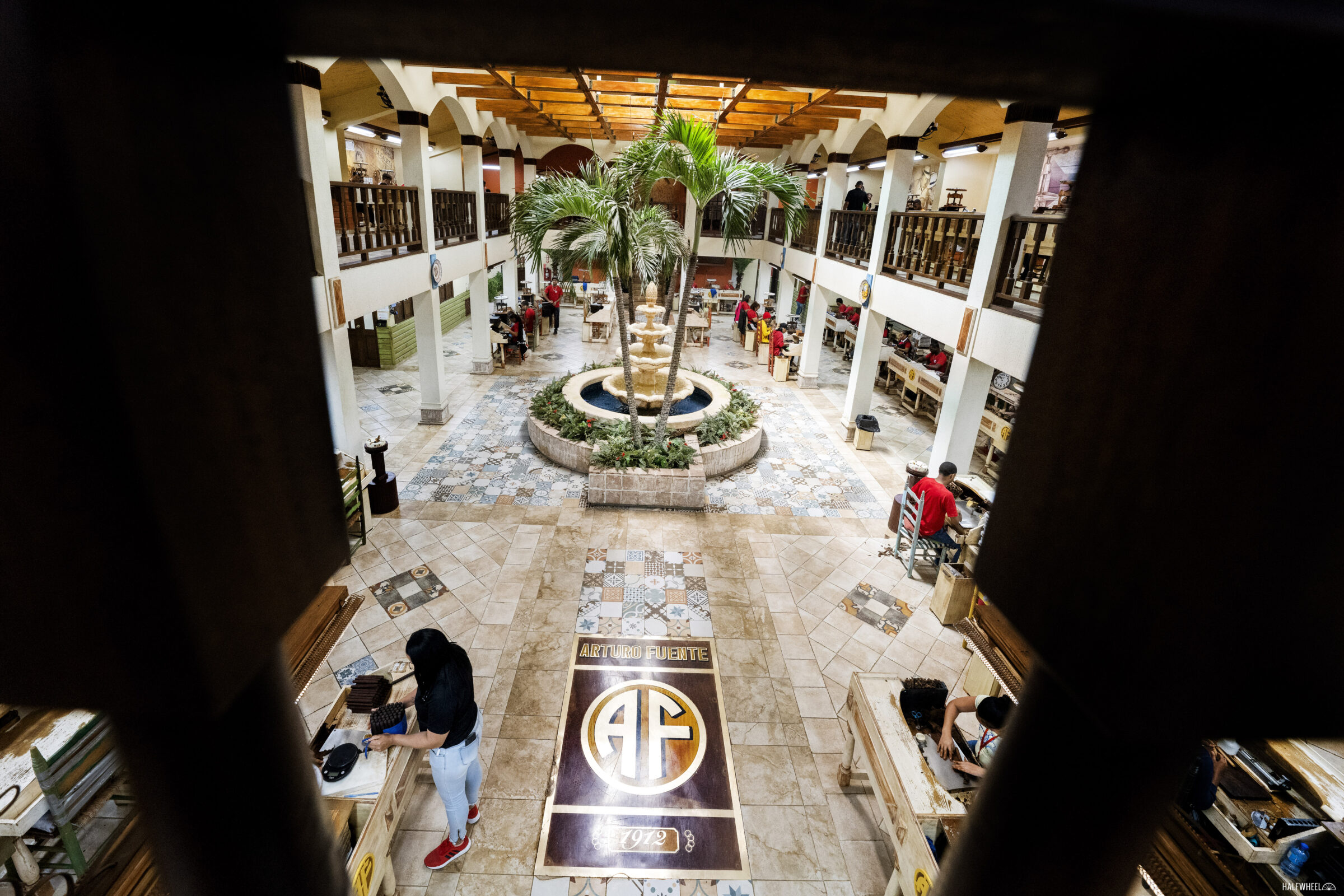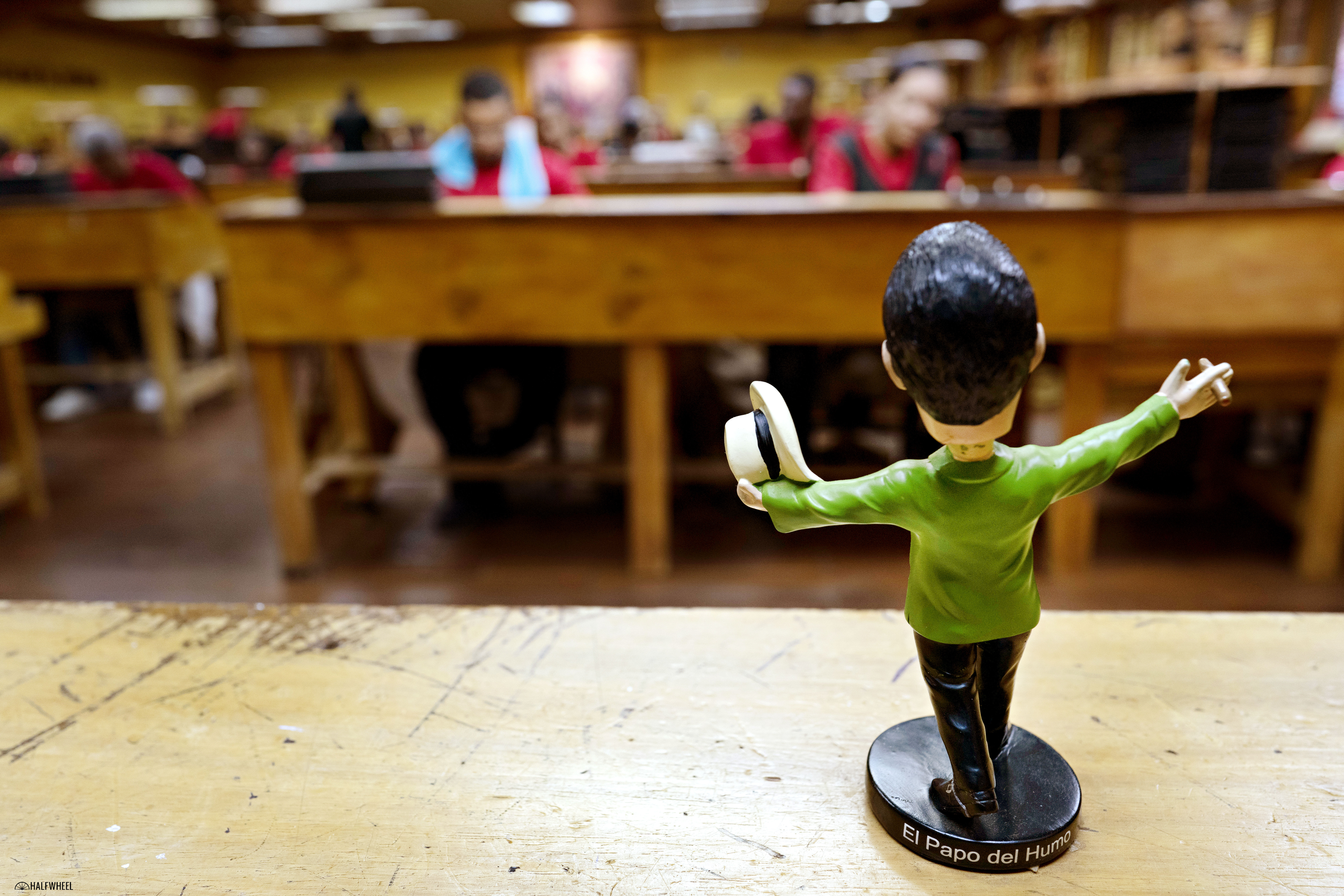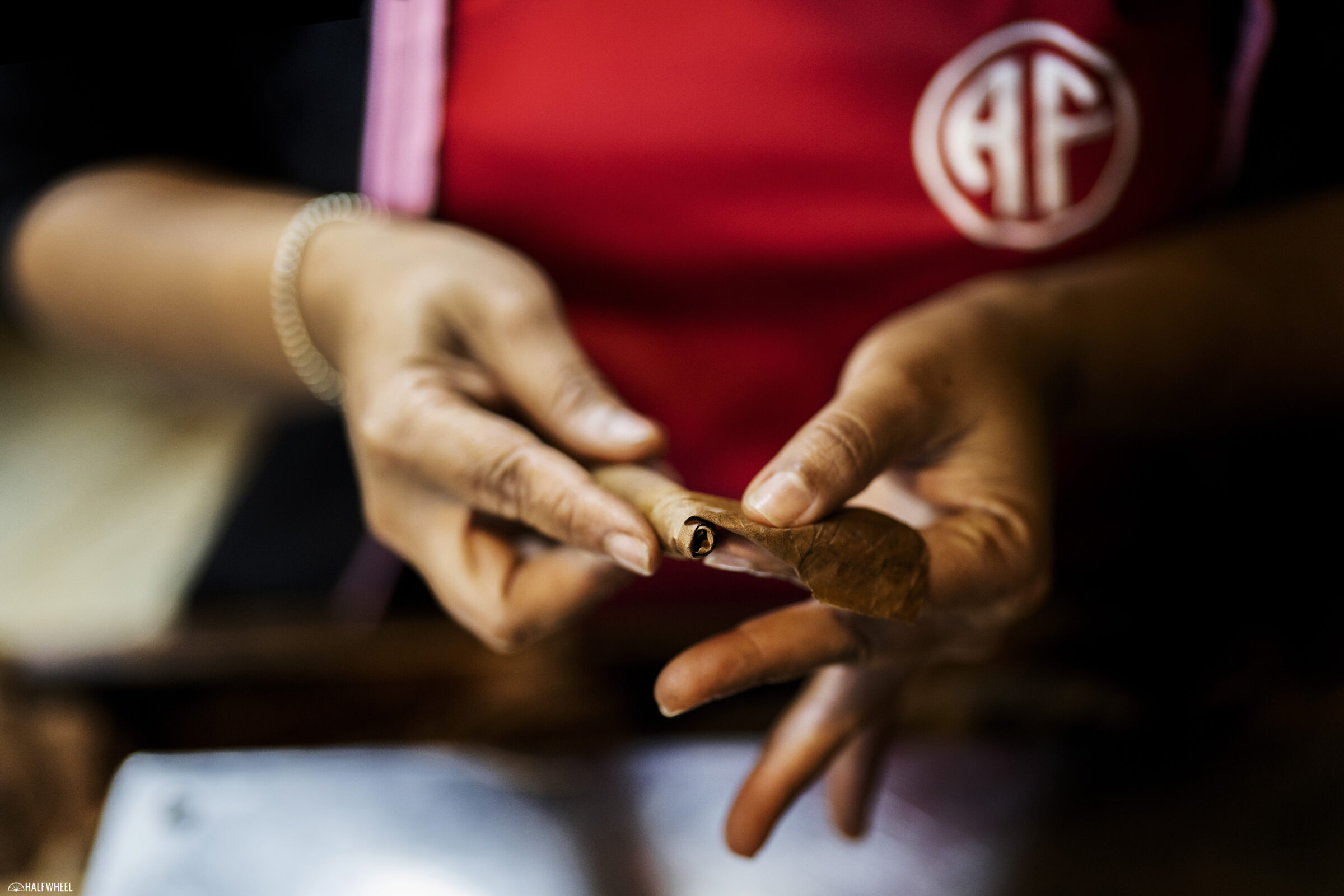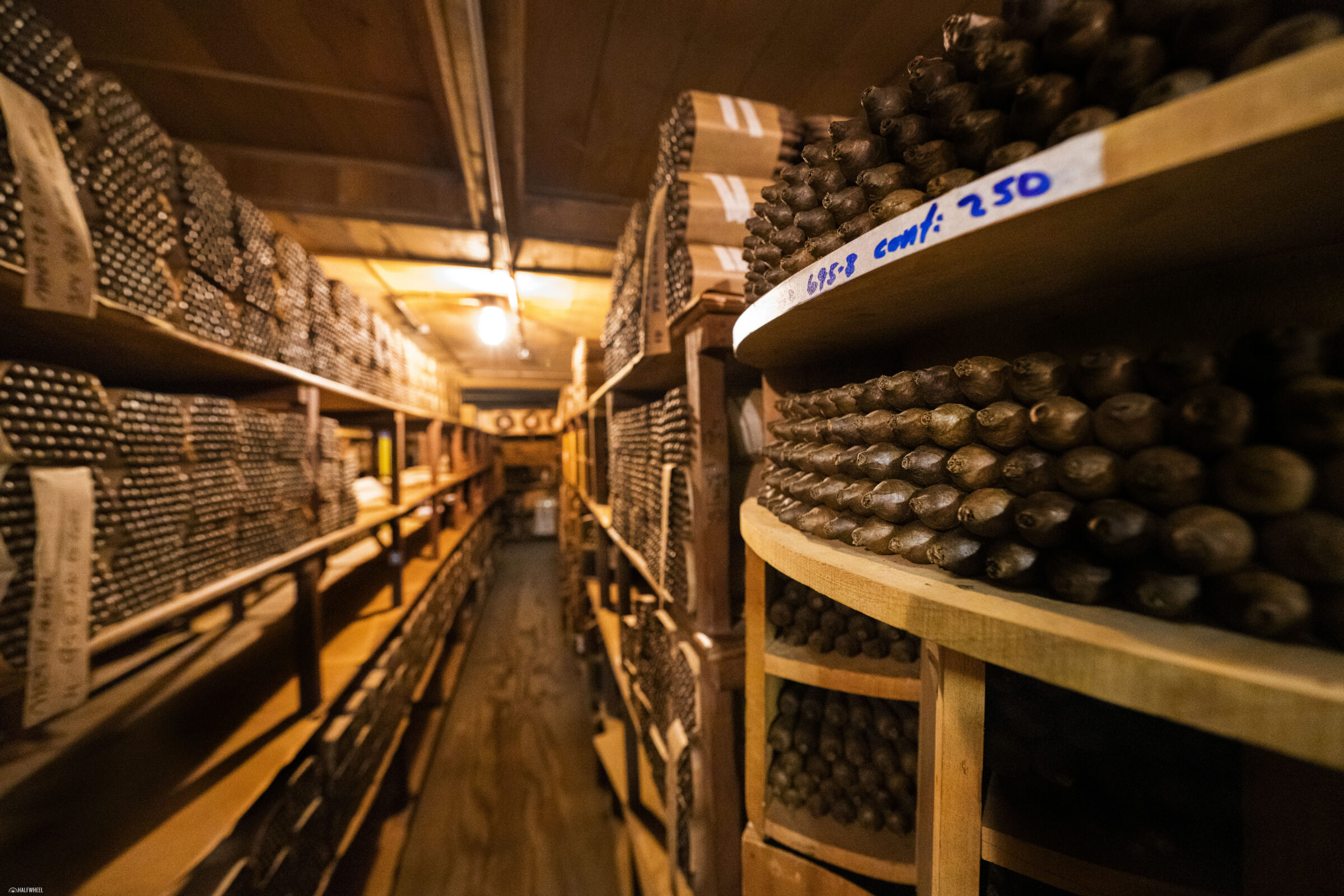“Above all, I craved to seize the whole essence, in the confines of one single photograph, of some situation that was in the process of unrolling itself before my eyes.” — Henri Cartier-Bresson, The Decisive Moment (1952)
During my newspaper photojournalism days many, many moons ago, I was taught that a number of things were needed to create compelling—and more specifically, genuine—moments, but two aspects were perhaps the most important: time and access.
The first is fairly self-explanatory: after all, you can’t capture a moment without physically being in the location where that moment occurs. I can’t tell you how many times a wonderful moment was ruined because I was stopped from being in the exact place I needed to be. It is an extremely frustrating experience to know I could have captured an amazing moment only to be stopped by physical restraints, red tape or someone who just did not understand what I was trying to achieve.
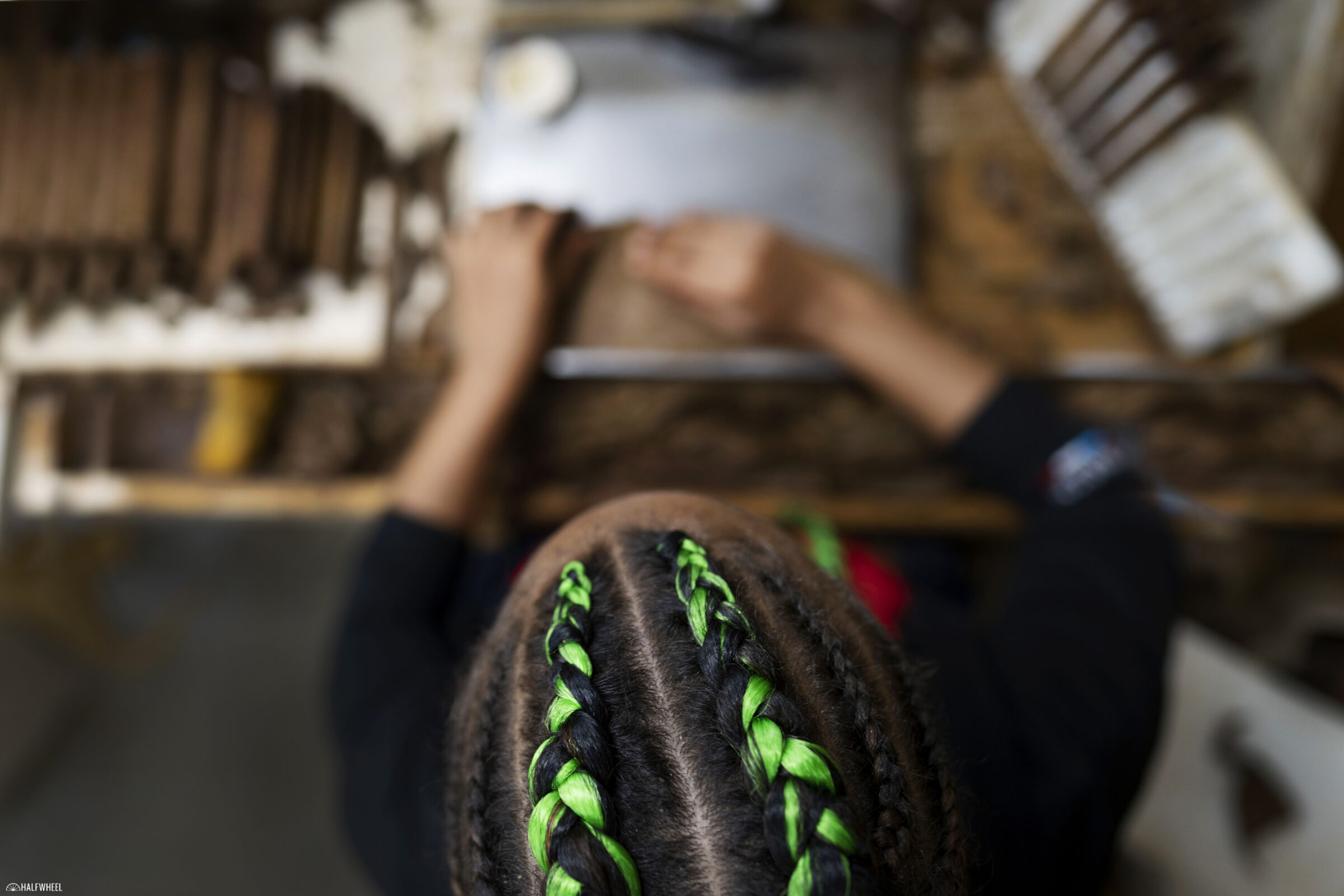
However, time is almost as important an aspect for a couple of different reasons. Assuming that you are photographing in a documentary style—that is, you are shooting situations as they occur in real-time and not posing people to do things exactly the way you want them in order to get a specific photograph—you have to have time to learn how the people and situations react, time to allow a moment to develop on its own. Think of it like a surfer waiting for that perfect wave to ride: they can let any number of smaller waves pass by before they know the perfect one is on top of them.
Many times, when shooting projects like this, there will be plenty of time but very little access or plenty of access but virtually no time. Thankfully, neither was an issue when it came to our time at Tabacalera A. Fuente y Cia.
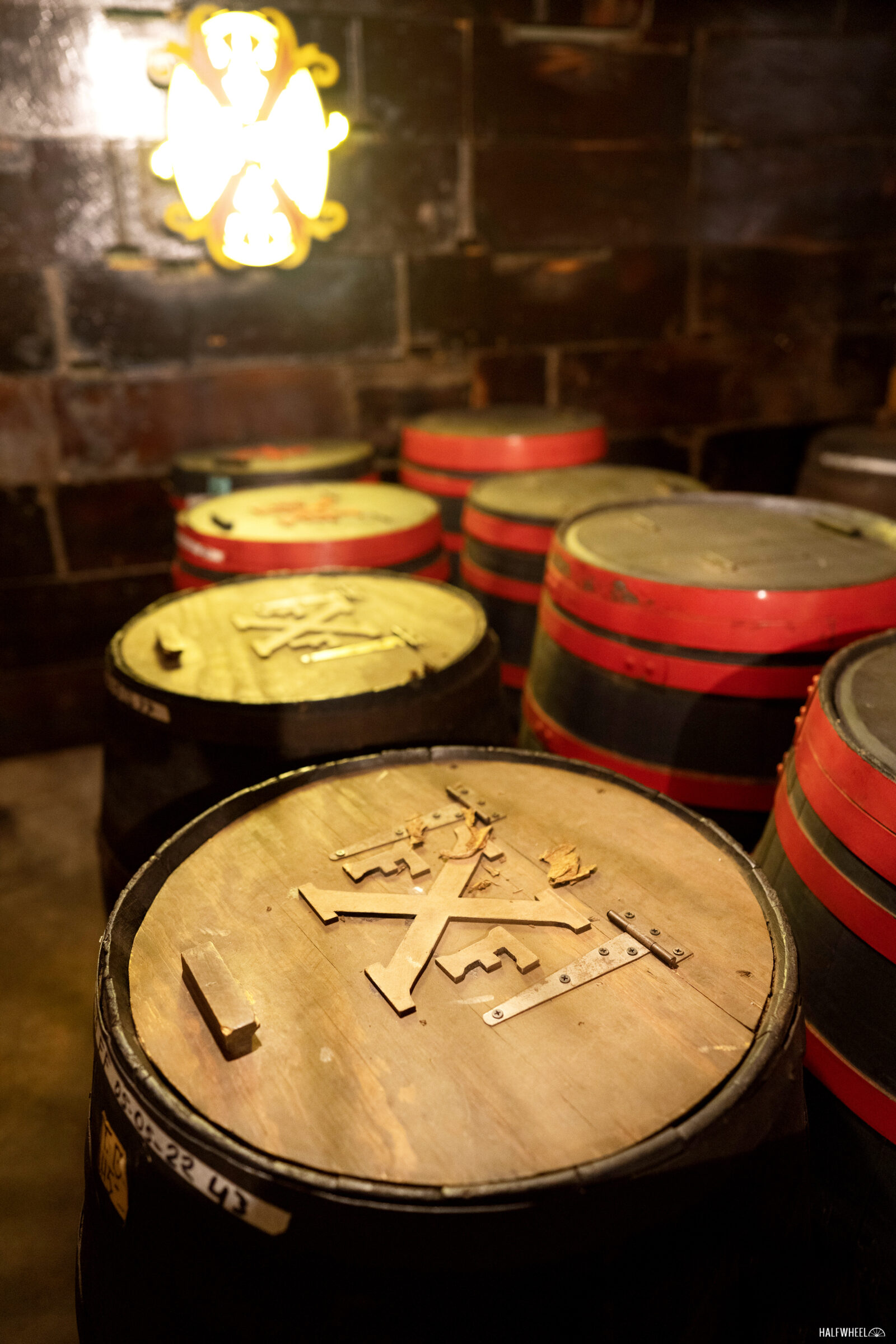
In April 2022, when we arrived at the factory, we briefly explained to Arturo Fuente what we were trying to do and what we wanted to do to make that work. The team at Arturo Fuente, led by Ciro A. Cascella, probably didn’t understand it. This wasn’t a project that Fuente commissioned or paid for in any way; we made the decision to spend the resources because Charlie thought it was important enough to photograph this factory in a certain way. He had visited the factory multiple times before, but he had always told me that he didn’t want to photograph it by himself. He had tried to tell me that the Fuente factory was unlike anything I had ever seen in my life. I had my doubts, Charlie was right.
His previous visits to the factory meant that he had an idea of the number of rooms I’d be photographing, where we should spend more time, what we shouldn’t try doing and how long all of this might take. It also meant there was already some trust.
Arturo Fuente didn’t just give us basic access; we were allowed to go essentially wherever we wanted, whenever we wanted. The entire factory, offices, the box factory, and aging vaults were open for us to explore. In fact, for quite a bit of the time we were in the factories, Charlie and I were left completely unsupervised to roam where we wished. We were shown rooms that most people probably don’t know existed, but more importantly, we were allowed to spend 20 minutes in the corner of a room, trying to blend into the scenery to the point the workers would forget that there were gringos with cameras. While I’m sure others have enjoyed this privilege, I understand that it is quite rare.
From the moment I walked into the main rolling room at Tabacalera A. Fuente y Cia Planta No. 1—the main factory of Arturo Fuente—I knew this was going to be a very different experience than the vast majority of cigar factories I had visited and photographed in the past. Sure, the 15-foot water fountain in the middle of the main rolling room is one of the most unique aspects, but it is so much more than that: each of the rooms—and there are many, many rooms—seems to have its own personality, there is stained glass or Spanish title in near room, and you can sense the company’s history seeping from every corridor.
When looking at it purely from a visual perspective, there’s a long list of spectacular aspects about the factory: the massive amount of marble, the 1,600 people who seemed to enjoy the jobs they were so obviously extremely efficient at performing, the amazing natural light in certain places that I would have never imagined I would find it. It might be trite, but I do have to say that my favorite place to photograph in the entire facility has to be the aging rooms, but perhaps not for the reason you may think. Sure, those rooms are filled with cigars I would love to smoke, but it is more than that; some of those cigars have been in specific vaults for decades, and compared to most of the rest of the factory, the rooms are not visited all that often. I experienced sensory overload almost every time I spent more than a few moments wandering around and photographing in those aging rooms: the sweet but musky smell of aging tobacco, the feel of the change in humidity on my skin, the deep darkness of the furthest corner of a vault where I knew that light very rarely—if ever—fully reached.
Of course, every situation has its challenges, and photographing at Tabacalera A. Fuente y Cia was no different in that regard. One of the most impressive things about the factory was also one of the reasons it was so difficult to photograph: it is overwhelming. Overwhelming visually, overwhelming physically and overwhelming when it comes to what to photograph. As I wandered aimlessly from room to room, I felt like I was a character in a choose-your-own-adventure book, never confident I would actually make it to the point where there was nothing new to see. The sheer size and breadth of the facility are astounding, and the vast number of rooms—each with its own staff, personality and details—is truly awe-inspiring. I could spend another week, a month, a year photographing at Planta No. 1 and still walk away thinking that I missed something.
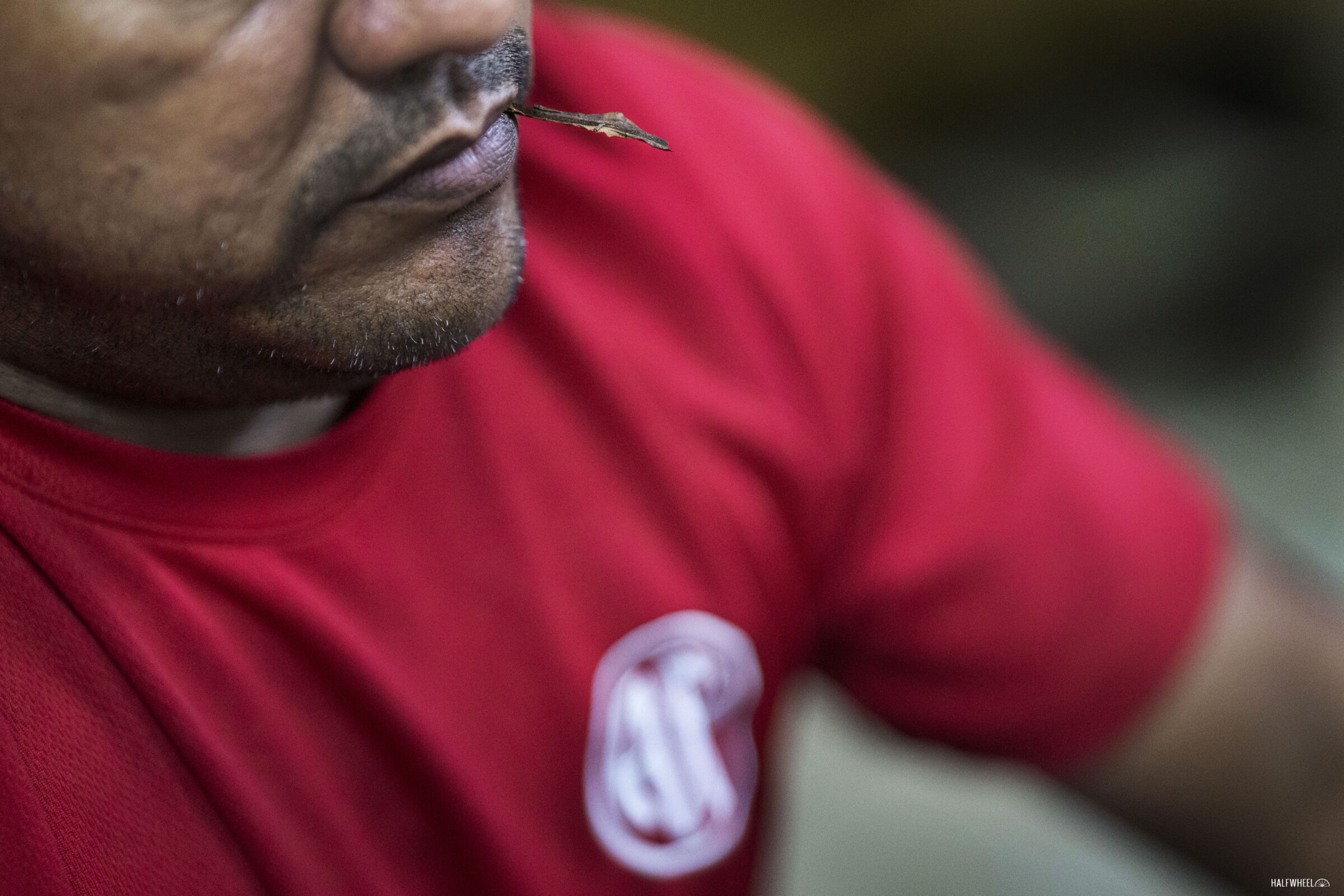
During our five days covering the factory to produce the content for this project, Charlie and I each walked more than 13 miles through almost every single part of the numerous buildings—sometimes multiple times—we talked to dozens of people and went up and down countless staircases. We also shot close to a terabyte of data, which equates to more than 6,000 RAW images, each of which had to be downloaded, backed up and looked at before the final choices could be made.
Unfortunately, it took more than two years to get these posts published. Yes, it takes an enormous amount of effort to produce the work you have seen in the past week. This wasn’t simply writing of the text—more than 9,300 words—and the Photoshop work done on each and every one of the 135 finished photographs. We had multiple meetings to sort through the thousands of shots, discussions about how to make sense of the photographs and even some work to code these pages to look a certain way. But it was actually a different time-related problem. The day-to-day of halfwheel already takes quite a bit of time and effort to produce. While we knew that getting this published would be an undertaking, we underestimated just how difficult it would be to get 60 consecutive days of calmness that would allow us to work on this.

At its most basic, a photograph is a physical representation of a moment in time. Some things may have changed—and will continue to change—both inside and outside, but these words and photographs tell and show exactly what we saw during our time at the Tabacalera A. Fuente y Cia factory, and we hope that they give you a taste of our experience.

